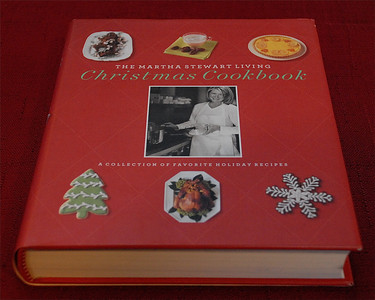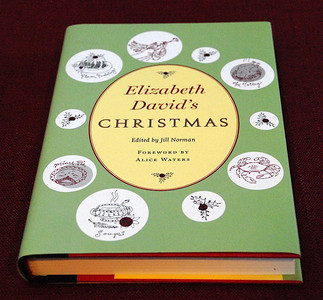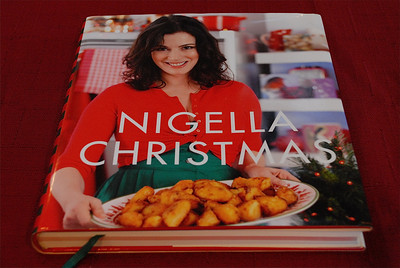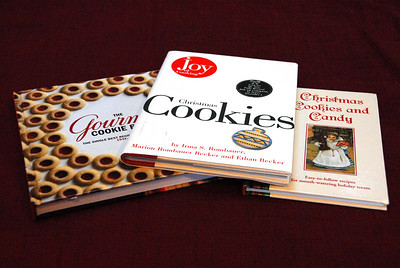We probably all would agree that you don’t need a fancy, Christmas-themed cookbook to create a memorable holiday meal. Neither my mother nor grandmothers relied upon books to help them whip up their Christmas dinners, dinners that I remember to this day. Instead they served the foods that their mothers and grandmothers before them had made. Yet, sometimes it’s nice to have a little break from tradition and the decades of green bean casseroles, herb stuffings and mince pies. That’s when I turn to the following cookbooks to spice up my yuletide offerings.

Packed with color photographs, menus and backgrounds on such holiday favorites as eggnog, fruitcake and gingerbread, “The Martha Stewart Living Christmas Cookbook” (Clarkson Potter, 2003) provides home cooks with all the tips and recipes needed for a spectacular seasonal feast. Don’t let the title deceive you, though. You can use “The Martha Stewart Living Christmas Cookbook” long after December 25th. I make Stewart’s porcini-stuffed mushrooms and roasted beets with feta and pecans, among other dishes, throughout the year.

In some respects Elizabeth David’s Christmas (David R. Godine, 2003) reads more like a good novel or wonderful culinary memoir/history than a cookbook. Although it offers 150 recipes, it also provides witty anecdotes, fascinating yuletide traditions and detailed histories for countless dishes. While David does present such customary Christmas specialties as roast turkey, pork and mushroom stuffing and cranberry sauce, she additionally serves up carrot soup, baked duck and iced apricot souffle, foods that can be enjoyed in any season. Read it like a novel. Use it as a multi-season cookbook.

In “Nigella Christmas” (Chatto & Windus, 2008) Nigella Lawson takes on the holidays with such updated classics as spiced roast turkey with allspice gravy and new faves such as panettone and Italian sausage stuffing and chestnut chocolate pots. She likewise covers cocktails, breakfast goodies and edible gifts such as chutneys, infused vodkas and vinegars and marinated cheese. As always, Lawson peppers her book with clever prose, accessible recipes, glamorous photos and a smidgen of kitchen kitsch.

When searching for a new, festive sweet, I flip open “Joy of Cooking Christmas Cookies” (Scribner, 1996), “Christmas Cookies and Candy” (Gramercy Books, 1995) and the newly released “The Gourmet Cookie Book” (Houghton Mifflin Harcourt, 2010). From springerle cookies, rugelach and stollen bread to candied fruit peels, tuiles and chocolate truffles I have an endless assortment of treats from which to choose. Some, such as divinity, gingerbread men and plum pudding, are timeless classics. Others, such as chocolate mocha biscotti, raspberry brownies cockaigne and coconut macadamia shortbread, are destined to become holiday darlings. All possess storage and packaging tips, which come in quite handy during this season. As with the previous titles, I’ve used “Christmas Cookies and Candy” and “Joy of Cooking Christmas Cookies” year-round. I suspect the same will hold true for “The Gourmet Cookie Book.”